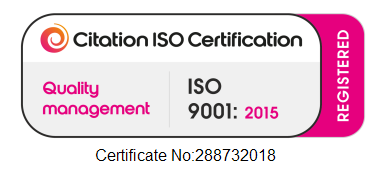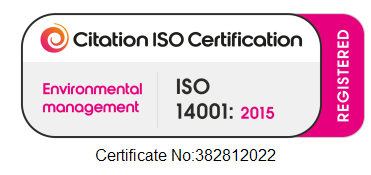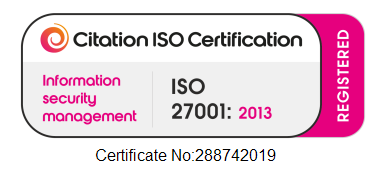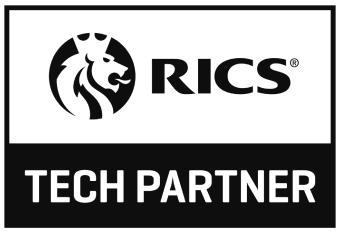
Navigating environmental and safety standards in tall building planning
These issues have become core topics in pre-application and design review, and at committee. You will need to demonstrate how your tall building tackles them alongside compliance with relevant policy and regulations. Keep reading to get some inspiration.
-
Compliance and creativity
The architect’s role is to discover opportunities for creativity and innovation having helped understand and define, and then work within, a site’s constraints. Constraints shape a site’s opportunities. Planners and planning consultants need to check compliance, interrogate how the designer’s creativity has interpreted the opportunity, and ensure best possible solutions are being achieved.
Compliance with design codes, safety standards, local policies regarding use and density, and regulations have to be demonstrated alongside form, massing, materiality, relation to context, accessibility and a host of other issues, such as servicing or parking requirements.
As local authorities develop detailed policies on where tall buildings might be located and, because of their sensitivity, detailed design coding requirements, architects have to engage with smarter ways of demonstrating compliance and creativity using the latest digital tools.
Find out how The London Borough of Waltham Forest used VU.CITY to test illustrative development scenarios, and understand where tall buildings could be appropriate across the borough, as part of their evidence base for their Local Plan here.
-
Focus on sustainability
The ‘triple bottom line’ of economic, social and environmental sustainability applies particularly to complex tall buildings because of their prominence, and stories about each of these strands can be developed using 3D City modelling platforms. Tall buildings’ environmental narrative is strained because of their potentially costly embodied carbon structures. Can they be sustainable?
Part of their contribution lies in demonstrating how they make the overall planning of the city more sustainable. This concept is embraced in the London Plan. Agglomeration – high density mixed-use places including one or several tall buildings help sustain places, supporting and intensifying their activities. The goal is a ‘sustainable skyline’ of tall buildings that takes us closer to net zero while looking fantastic.
A sustainability matrix of retain-versus-redevelopment factors has to be demonstrated. Recycling or incorporation of material from existing buildings, on site or elsewhere, green roofs, waste management, energy efficiency, optimised long-life loose-fit design or fabric first approaches, can be explained visually in a cohesive narrative.
City planners too can make use of these tools, boosted by artificial intelligence capabilities to log into the City’s statistics to assist in making good planning decisions.
-
Tech-driven safety
Artificial intelligence (AI) and the Internet of Things (IoT) are transforming the computational ability to interpret aspects of the built environment, across the city and within buildings. This trend will accelerate and should lead to greater control of quality and performance in building systems, in specification, delivery and in use.
At present there are concerns around whether the new monitoring regime introduced by the Building Safety Act 2022, and the proposed series of second legislation now being formulated, will be sufficiently resourced to deliver what is promised. But as AI and the IoT enables greater understanding and control, confidence in tall buildings’ performance and quality should be enhanced and made more consistent.
-
Community engagement
‘Genuine’ engagement and involvement of a local community has been evolving and a variety of techniques have been developed in recent years. Digital tools have become central and the online environment has enabled more diverse groups of stakeholders to engage with tall building proposals.
Dedicated websites using virtual platforms can provide people with an accurate idea of what proposals will look like, how they impact their neighbourhoods, what their environmental performance is likely to be, and a wide range of other effects.
Conclusion
The shifting agenda for tall buildings with its new emphasis on safety and sustainability credentials, at a macro and micro level, for the city and within the building, requires further innovation.
The impact of AI and IoT will transform the design and performance of tall buildings and the way they are presented will play a key role. They will become safer and more reliable and better integrated into the surrounding city in more sustainable, efficient and visually appealing ways – partly because the way they are presented using platforms like VU.CITY will help create a better testing and decision-making process.
Want to learn more? Check out our related content:
Join the Community
Updates, business insights, webinars and more.
Google Privacy Policy and Terms of Service apply.















